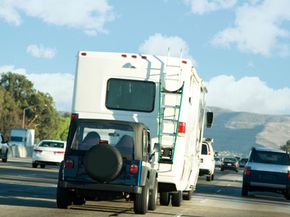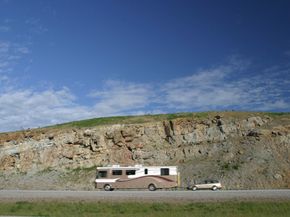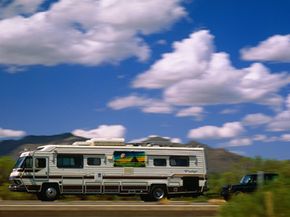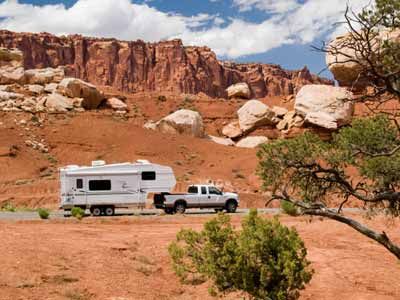Seeing the country in an RV has become a popular pastime, even in the face of rising gas prices. RVs are a convenient way to go cross-country, because they allow people to find lodging anywhere, cook their own meals and go at their own pace. The problem a lot of RV owners have is when they get off the open road and into a more populated area. RVs take up a lot of space, and while they're great for long hauls, they aren't so good for side trips to the store or navigating the sightseeing areas of many cities.
That's why many enthusiasts tow an extra car behind their RV. Having an extra vehicle allows them to park the RV in an area while still having transportation to the local sights and to the store for supplies, and it saves gas when they're only making a day trip.
Advertisement
But towing a car can be difficult. Trailers are expensive, unwieldy and take up space. That's why tow bars are a popular alternative. A tow bar hooks the vehicle being towed to the RV, but allows it to keep all four wheels on the ground. Self-aligning tow bars allow users to get the RV and the vehicle being towed close together, then the bars move into the proper position themselves. Car-mounted self-aligning tow bars are mounted on the car being towed and offer a number of advantages and disadvantages over other tow bar systems and towing equipment.




